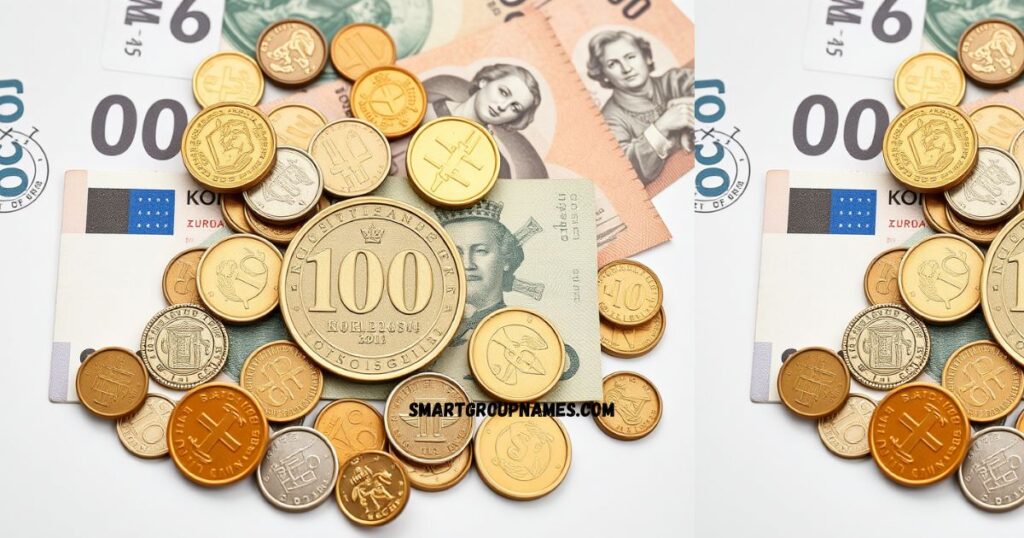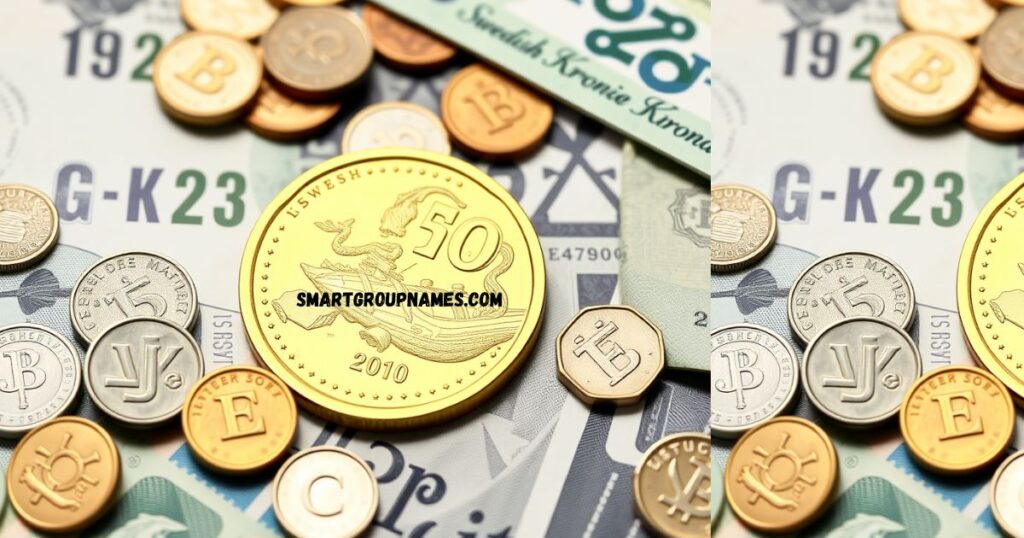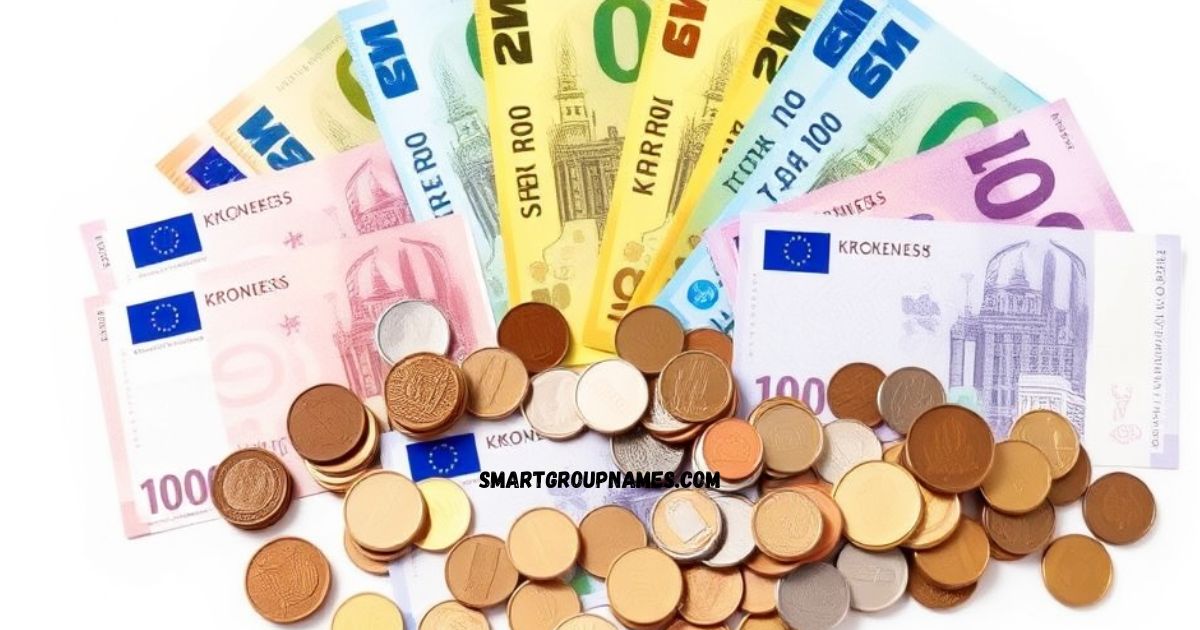I remember visiting Denmark, and one of the first things I noticed was how the currency felt deeply tied to its national identity. The kroner, a word that comes from krone, is more than just money—it’s a reflection of history, value, and heritage across Norway, Sweden, and Denmark. These systems aren’t just numbers; they’re built around long-standing traditions that shape each country’s economy and social rhythm. When I first heard someone casually mention “just a few kroner,” it struck me how language intertwines with everyday life.
Language itself is a dynamic, multifaceted tool that evolves alongside culture, economy, and societal trends. In fact, terms like hiatus and kroner show how words adapt to fit new contexts. While “hiatus” shifts between personal and professional life pauses, “kroner” stays rooted in currency, yet grows in meaning as people use it in conversations and digital transactions. As a linguist and traveler, I’ve found the versatile nature of such terms fascinating—they bring comprehensive understanding to both casual listeners and language enthusiasts who enjoy tracing how meanings change over time.
Understanding Its Roots and Role in Scandinavia
The definition of kroner goes beyond its role as money—it’s the plural form of krone, meaning “crown” in English. This regal connection reflects the historical prestige of Nordic monarchies, where currency wasn’t just a medium of exchange but a symbol of national strength. In several Scandinavian countries, this term has become an official marker of identity and financial trust. As someone who’s traveled through Denmark, Norway, and Sweden, I’ve seen how each country embraces its version: Danish krone (DKK), Norwegian krone (NOK), and Swedish krona (SEK).
These currencies form part of a broader, shared family but retain unique designs and historical significance. Whether you’re handling coins in Sweden or notes in Denmark, the variations in shape, size, and imagery speak volumes about each nation’s heritage. The economic weight of these currencies is equally distinct, shaped by each country’s governance and trade priorities. Personally, I found the Norwegian notes beautifully detailed—small pieces of art that also narrate their history and values.
1.2 Danish Krone: A Symbol of Stability and Heritage
When I first visited Denmark, I learned that the Danish krone is more than just currency—it connects people across the mainland and distant territories like Greenland and the Faroe Islands. These regions are primary users of this national money, officially abbreviated as DKK. The krone has been the official currency since January 1, 1875, when it replaced the older rigsdaler, marking a major shift in Denmark’s economic history. That date stuck with me during a museum visit in Copenhagen, where coins from different eras were displayed.
What fascinated me most was how the krone is subdivided into 100 øre, a detail I only truly appreciated when counting exact change at a local bakery. Coins are minted in denominations like 50 øre, 1, 2, 5, 10, and 20 kroner—all with intricate designs. The banknotes are even more captivating, available in 50, 100, 200, 500, and 1000 kroner. Each note carries imagery that speaks to Denmark’s values, from cultural icons to architectural landmarks.
Norwegian Krone: Tradition Shaped by Transition

My journey through Norway gave me a new appreciation for the Norwegian krone (NOK), especially after learning it was introduced in 1875, replacing the old speciedaler. This shift came as Norway entered the Scandinavian Monetary Union, a financial alliance that lasted until World War I. That bit of history caught my attention in a small Oslo library, where the timeline of Nordic currencies was beautifully illustrated.
Like its Danish counterpart, the krone in Norway is subdivided into 100 øre, although smaller denominations are no longer in circulation. You’ll now find coins in 1, 5, 10, and 20 kroner, each representing parts of Norwegian life and culture. The banknotes—50, 100, 200, 500, and 1000 kroner—feel modern but rooted in heritage. Holding one, I could sense how currency isn’t just about value—it’s about identity.
Swedish Krona: A Modern Evolution Rooted in History

During a snowy evening in Stockholm, I held my first Swedish krona (SEK) and was struck by how modern it looked, yet it carried centuries of history. Sweden introduced the krona in 1873, replacing the old riksdaler. This shift marked a new chapter in the nation’s monetary journey, aligning with other Scandinavian reforms of the time. Today, the currency is subdivided into 100 öre, though öre coins were discontinued in 2010, a change that many locals still remember with a hint of nostalgia.
You’ll now find coins in denominations of 1, 2, 5, and 10 kronor, each reflecting minimalist design and Swedish values. The banknotes, ranging from 20, 50, 100, 200, 500, to 1000 kronor, are colorful, secure, and rich in national symbolism. For someone like me who appreciates both design and history, Sweden’s approach to money feels like a perfect blend of function and art.
What Does Hiatus Really Mean?
When I first heard the term hiatus in a creative writing class, I thought it simply meant a short break. But over time, I learned that this noun carries depth—it refers to a pause or gap in a sequence, series, or process, and its roots trace back to Latin, where it means an opening. The word is incredibly versatile, used in many disciplines to describe different types of interruptions.
In general use, hiatus often means a planned or unplanned interruption in continuity, like taking time off work. In anatomy, it’s a natural fissure or structure opening, while in linguistics, it describes two vowel sounds that occur without an intervening consonant—something I noticed when studying speech patterns. Even in television, a scheduled broadcasting hiatus between seasons can leave fans waiting eagerly. It’s a simple word, yet it crosses boundaries from science to storytelling.
How “Hiatus” Fits Into Everyday and Technical Life
In everyday language, I often hear people use hiatus to mean a temporary pause or break. I remember a friend saying, “The band is back together after a five-year hiatus,” and I’ve used it myself when I returned to work after a brief time away. It’s such a common part of speech now that it doesn’t feel technical—but it carries weight.
In medical terminology, hiatus describes a natural opening in the body. For example, the esophageal hiatus is where the esophagus passes through the diaphragm, while the aortic hiatus makes way for the aorta. These aren’t just anatomical facts—they’re life’s passageways, and I encountered these terms while editing content for a health journal.
In phonetics and linguistics, a hiatus happens when two adjacent vowel sounds appear without a consonant in between. It’s often seen as awkward in speech and is sometimes fixed with elision or glide formation—concepts I came across while studying foreign languages in college.
Even in broadcasting, the term shows up. Think about a planned break in a television series—a hiatus that builds anticipation before the show returns. I’ve felt this during a two-month wait for a season finale. That space in time creates both suspense and demand, proving again how meaningful a pause can be.
1Alternatives to “Hiatus” in Real-World Scenarios
While writing for a lifestyle magazine, I once debated the best alternatives to the word hiatus, especially when trying to match the context and tone of different stories. These options vary depending on how formal or casual the situation is.
Formal Alternatives
In formal settings, we often use words like intermission, a classic term for a pause in a performance or activity—like when a conference will resume after a short break. Recess is another, commonly used in legal writing: “The court is in recess until Monday.” And for official meetings, adjournment works well, marking the suspension of proceedings to another time or place, like “The meeting was adjourned until further notice.”
Professional Alternatives
In a more professional tone, I’ve used sabbatical when referring to a paid leave for study or travel—a term that resonates well in academic and corporate bios: “She’s on a sabbatical to complete her research.” Another good fit is leave of absence, which signals authorized time away from work: “He took a leave of absence to address personal matters.” And when simplicity is best, just use break to mean a short rest period.
Casual Alternatives
In casual speech, everyday phrases like time off or “I’m taking some time off next week” feel natural and relatable. Pause is timeless—it works in any space where a temporary stop is needed. After a long project, I often say I need downtime to recover from reduced activity. And sometimes, when my schedule gets too hectic, I just need a gap in the calendar. Even saying “Let’s take a breather before the next session” feels refreshing. These words may seem small, but choosing the right one gives your message just the clarity it needs.
FAQs
What does “hiatus” mean in everyday language?
In everyday use, hiatus means a pause or break in something, like work, a show, or a project. It’s a temporary stop that gives time to rest or reset before continuing.
How is “hiatus” used in medical terms?
In medical terminology, a hiatus refers to a natural opening in the body. For example, the esophageal hiatus is where the esophagus passes through the diaphragm, and the aortic hiatus is where the aorta passes through.
What’s the meaning of “hiatus” in linguistics?
In linguistics, a hiatus happens when two vowel sounds appear next to each other without a consonant between them. This can sound awkward in speech and is often smoothed out using techniques like elision or glide formation.
What are good alternatives to the word “hiatus”?
Some formal alternatives include intermission, recess, and adjournment. Professional alternatives include sabbatical, leave of absence, and break. For casual speech, use words like time off, pause, downtime, gap, or breather.
Is a hiatus always planned?
Not always. A hiatus can be planned, like a scheduled break in a TV series, or unplanned, like taking time off due to personal reasons or unexpected events. It depends on the situation and context.
Conclusion
The word hiatus may seem simple, but its versatile nature makes it valuable across various contexts—from casual conversations to medical, linguistic, and professional settings. Whether you’re taking a break from work, encountering a pause in a TV series, or studying vowel patterns in phonetics, the term helps express a moment of rest or transition. Understanding the different meanings, uses, and alternatives of “hiatus” gives you the tools to communicate with more clarity and precision—no matter the field or tone.
Read More: Fyrtrd: A Word Full of Mystery and Emotion

Amelia – is a language lover, specializing in spelling, idioms, phrases, and metaphors, making complex concepts simple and fun.
